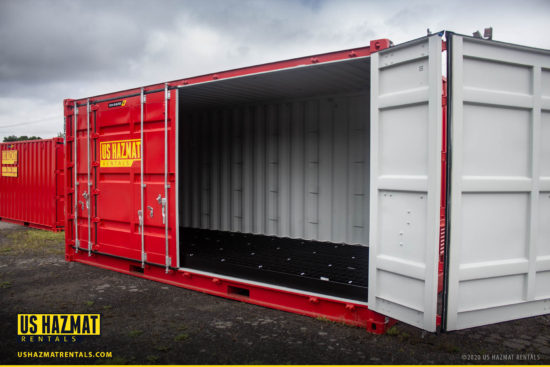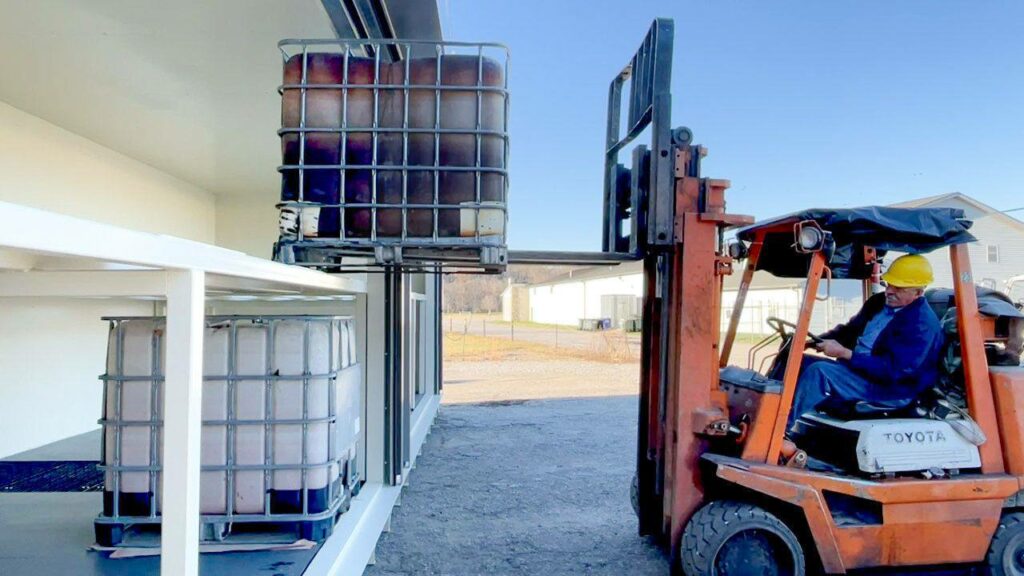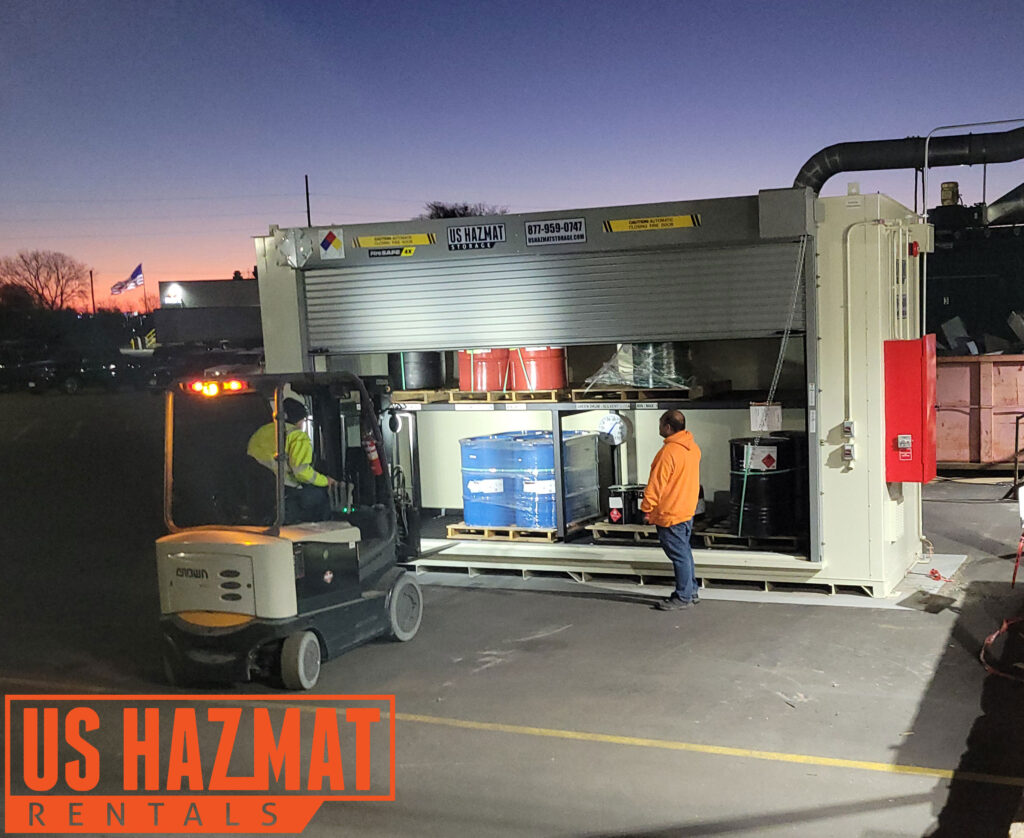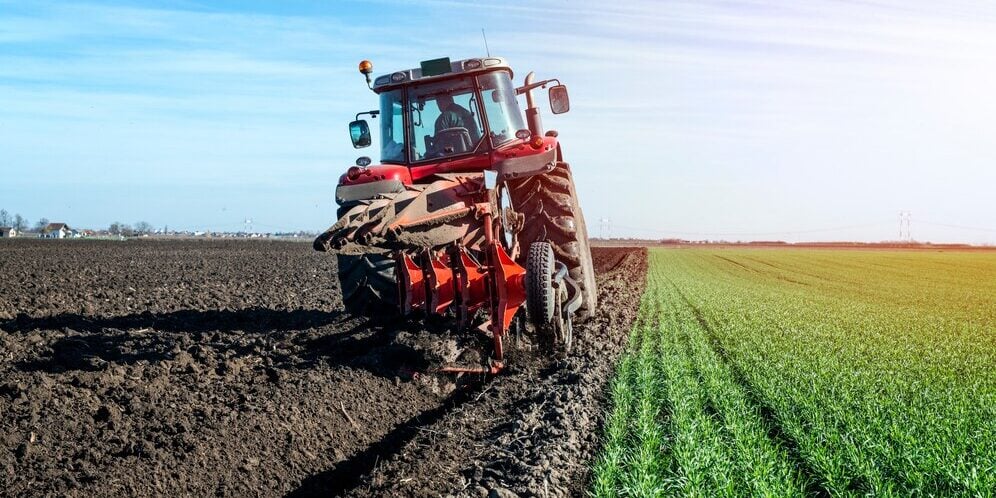Farmers feed America, but non-compliant chemical storage could poison our waterways and clean air. Although farming went “green” before carbon-neutral practices were trendy, farming remains dangerous and dirty work. Farms contain as many heavy-grade industrial chemicals as factories. Pesticides, herbicides, insecticides, and fungicides are rotated in and out of the fields than most crops as farmers rely on these volatile yet necessary chemicals to maintain long growing seasons free of pests and diseases. Hydrocarbons, including fuels and solvents, keep combines and tractors running smoothly. While plants and crops require nutrient-rich topsoil enriched with fertilizers, ammonium nitrate is highly flammable, requiring consistent lock-and-key storage. Farmers also pull double duty playing doctor after daily crash courses in botany, requiring them to stock their shelves with temperature-sensitive vet supplies and medicine. Compliant onsite agricultural chemical storage centralizes vital but dangerous industrial chemicals without overcrowding barns and pastureland.

Farming was the original factory before the Industrial Revolution stole most rural jobs and glory. But like any other factory, dangers and toxic chemicals surround daily operations. As first responders race to secure livestock, agricultural fires pose unique risks to firefighters while isolating dangerous chemical stockpiles with cold, drenching water from encroaching flames. Firefighters in Ohio responding to an agricultural chemical fire had the foresight to treat the flames as a hazmat situation due to the unknown chemical classifications stored onsite. The Ohio EPA said an unknown quantity of herbicides, pesticides, and fertilizers were released into the air but later determined that no dangerous chemical particulates became airborne. Farmers are vested in protecting their communities, livestock, and livelihood with compliant onsite chemical storage that centralizes and separates hazardous chemicals from inadvertent sparks and the inevitable chaos consistently befalling farms nationwide.
How Should Chemicals Be Stored on a Farm?

Farmers should store dangerous chemicals, like herbicides, pesticides, and fuel in a segregated and well-ventilated chemical storage locker with a bottom-affixed sump containment that safely collects spilled chemicals. Moreover, supervisors should properly label all hazardous chemicals with the appropriate dispensary instructions and hazard pictograms, alerting workers and clients of nearby dangers. OSHA says that no more than 25 gallons of flammable materials can be stored outside an approved chemical storage area or locker. Most farms store between 20 to 20,000 gallons of combustible fuel onsite with increased inventories during the growing and harvesting seasons. Our fire-rated agricultural chemical storage buildings separate dangerous fuel stockpiles from livestock and errant sparks, ensuring continuous onsite safety. Optional wide-swinging and customizable roll-up doors allow for the easy storage and retrieval of volatile and necessary fuels and farming chemicals with a tractor or forklift. Centralized storage also engenders keen organization, allowing easy and safe tractor refueling and equipment servicing.
What are the Proper Guidelines for Storing Farm Chemicals Such as Pesticides?
Compliant agricultural chemical storage ensures safe pesticide storage away from vulnerable livestock and sparking repair work. Farmers should stores pesticides in original and labeled containers in a cool, dry, and well-ventilated storage area. Workers should never store pesticides with noncompatible chemicals, such as explosives, flammables, corrosives, and oxidizers. Turnkey agricultural chemical storage from US Hazmat Rentals also allows farmers to keep toxic pesticides away from animals, feed, and unprotected workers.
How Do You Store Fertilizer on a Farm?
While the dirty details vary by workflow and agricultural application, farmers should store flammable fertilizers similar to pesticide protocols, but never together. Although federal regulations don’t specify fertilizer storage guidelines, OSHA 29 CFR 1910.109(i) outlines storage for ammonium nitrate, a common precursor for most fertilizers. OSHA says that storers must keep ammonium nitrate in a climate-controlled storage area that doesn’t exceed 130 degrees F. Bulk pesticide storage requires enhanced site mitigation parameters. IBC totes can safely and effectively store pesticides, fungicides, and fertilizers in separate and segregated agricultural chemical storage lockers. Moreover, agriculturalists can utilize built-in palletized pockets to easily store and remove pesticides, fertilizers, and fuels in and from a fire-rated chemical storage warehouse.
Can You Store Chemicals in Food Containers?
Nearly 20 percent of every farm’s budget is designated for livestock feed, prioritizing this line item with fuel, pesticides, and fertilizer budget delineations. Although centralized chemical storage streamlines product inventorying and application, livestock feed should never be stored with dangerous chemicals. While our agricultural chemical storage lockers are ideal for flammable and combustible materials, heavy-steel paneling and solid-steel welded hazmat warehouses can also double livestock dispensaries if kept isolated from toxic chemicals. Continuous steel protection also protects pricy feed from moisture permeation and rapacious pests and rodents.
Continuous Onsite Compliant Agricultural Chemical Storage for All Seasons
A farmer’s work never ends. The growing season is fraught with perils, including delayed seeding from longer winters and the constant threat of a late frost, freezing freshly sewn crops before germination. Harvest time is a whole new level of chaos, primed with precarious conditions ripe for accidents and delays. Centralized onsite agricultural chemical storage streamlines an ever-growing chore list while engendering yearly protection and organization.







